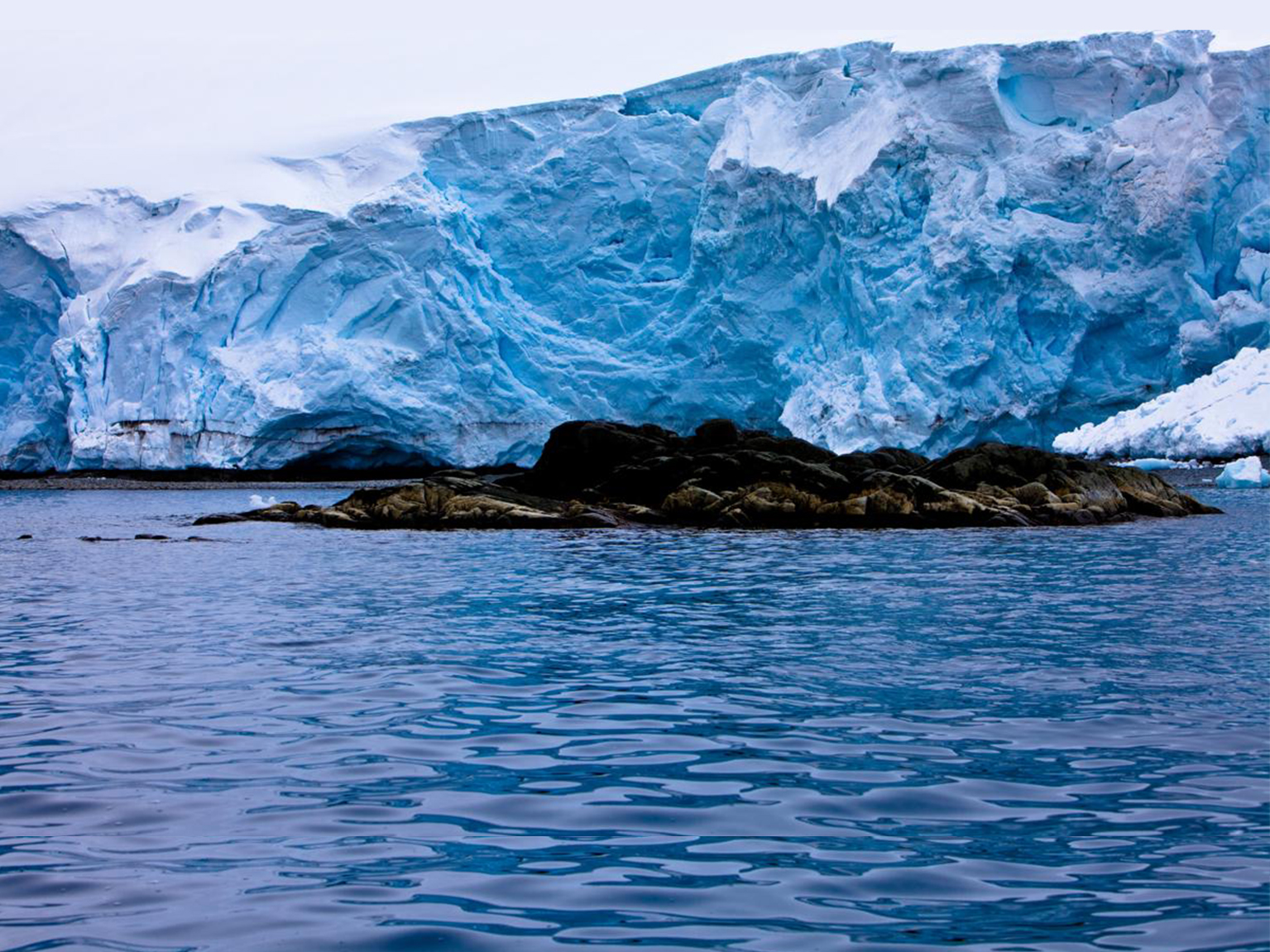Thursday, September 26, 2019
Little Red Riding Hood Play
This afternoon my group and I performed an re enacted the play Little Red Riding Hood. This movie was created by Tausala, Cleo, Huia and Betty. It took us two days to practise our words off by heart. I played as the wolf, Cleo played as Little Red Riding Hood, Betty played the Narrator and Huia played the grandma. This was a really fun experience and I hope to do it again.
One Shot Wonder Silent Movie
Today we made a movie within one shot and with a time limit of 1 minute or under. This silent movie was created by Tausala, Athena and Juliana. This was such a fun project to do today.
Tuesday, September 24, 2019
One Shot Wonder
This Afternoon we had to make a One Shot Wonder movie. One person had to film and 2 people had to act. It was a silent movie with no talking and a time limit of 1 minute.
Wednesday, September 18, 2019
Group Glaciers Dictogloss
Glaciers are huge masses of ice that flow like very slow rivers. Overtime snow
and water compresses and forms glaciers. They are usually divided into two
groups, Alpine and Continental.
and water compresses and forms glaciers. They are usually divided into two
groups, Alpine and Continental.
Mountain valleys appear V shaped until a glacier forms over it. Some glaciers
appear dusty and rocky. Others have an Aquamarine glow like a huge Heligan
ball inside.
appear dusty and rocky. Others have an Aquamarine glow like a huge Heligan
ball inside.
After a while, the valley becomes wider and deeper, and appears V shaped.
Ten percent of the Earth is covered in glacier ice, but in the last ice age, glaciers
covered one third of the Earth's surface.
Ten percent of the Earth is covered in glacier ice, but in the last ice age, glaciers
covered one third of the Earth's surface.
Alaska has more than one hundred glaciers, most of them are yet to be named.
75% of the Earth’s water supply relies on glacial ice. Glaciers can be more than
100,000 years old. Scientists examining and extracting the ice try to predict
what climate was like back then.
75% of the Earth’s water supply relies on glacial ice. Glaciers can be more than
100,000 years old. Scientists examining and extracting the ice try to predict
what climate was like back then.
The largest glacier in the world is Lambert Glacier. Lambert Glacier is found in
the biggest ice sheet that covers 99% of Greenland and Antarctica.
the biggest ice sheet that covers 99% of Greenland and Antarctica.
If the whole ice sheet were to melt, the water levels would rise up to 65 metres
and London would be lost underwater. New Zealand has two glaciers,
Fox Glacier and Franz Josef Glacier.
and London would be lost underwater. New Zealand has two glaciers,
Fox Glacier and Franz Josef Glacier.
Glaciers Dictogloss
Glaciers are huge masses of ice that flow like very slow rivers.
Glaciers are mountains of snow that stay still for a long time that the
snow crystallizes and turns into ice. Over time more layers of snow
compresses down and the glacier becomes deeper.
snow crystallizes and turns into ice. Over time more layers of snow
compresses down and the glacier becomes deeper.
Some glaciers appear dusty and rocky. Others have an aquamarine
glow like a huge heligan ball inside. Glaciers are separated into two
groups: the Alpine that form on mountain sides, and the continental
ice sheets.
glow like a huge heligan ball inside. Glaciers are separated into two
groups: the Alpine that form on mountain sides, and the continental
ice sheets.
Mountain valleys appear v shaped until a glacier melts into the valley.
After a while, the valley becomes wider and deeper, and appears v
shaped.
After a while, the valley becomes wider and deeper, and appears v
shaped.
Ten percent of the Earth is covered by glacier ice, but in the last ice
age, glaciers covered one third of the Earth's surface.
age, glaciers covered one third of the Earth's surface.
Alaska has more than 100 glaciers, most of them are yet to be named.
75% of the Earth's water supply relies on glacial ice. Glaciers can be
more than 100,000 years old. Scientist’s examine and extract the ice
to try to predict what climate was like back then.
more than 100,000 years old. Scientist’s examine and extract the ice
to try to predict what climate was like back then.
The biggest glacier in the world is Lambert Glacier in Antarctica.
Lambert Glacier is found in the biggest ice sheet that covers 99% of
Greenland and Antarctica. If the whole ice sheet were to melt, the
water levels would rise up 65 metres, and London would be lost
underwater. New Zealand has two glaciers, Fox Glacier and Franz
Josef Glacier.

Lambert Glacier is found in the biggest ice sheet that covers 99% of
Greenland and Antarctica. If the whole ice sheet were to melt, the
water levels would rise up 65 metres, and London would be lost
underwater. New Zealand has two glaciers, Fox Glacier and Franz
Josef Glacier.

Subscribe to:
Posts (Atom)